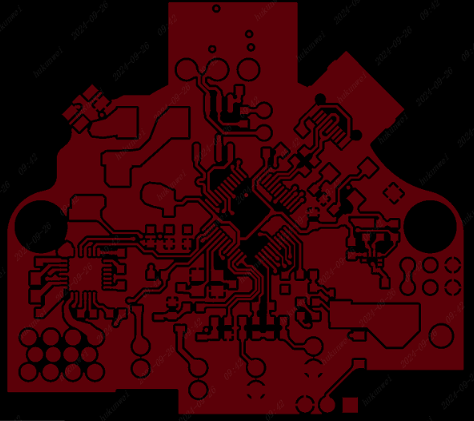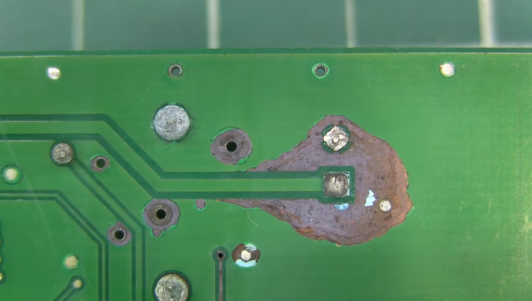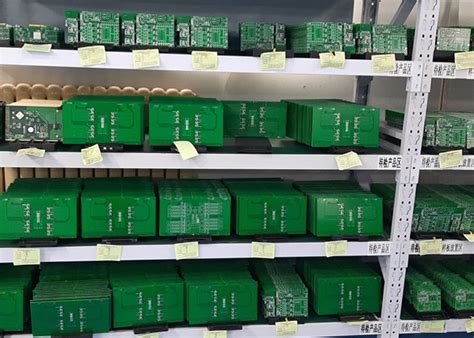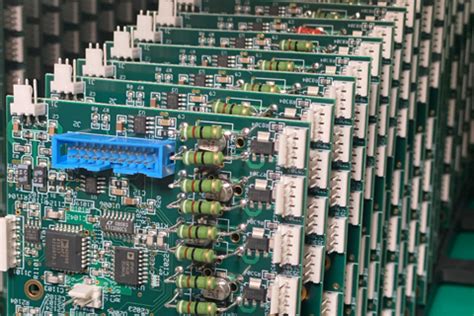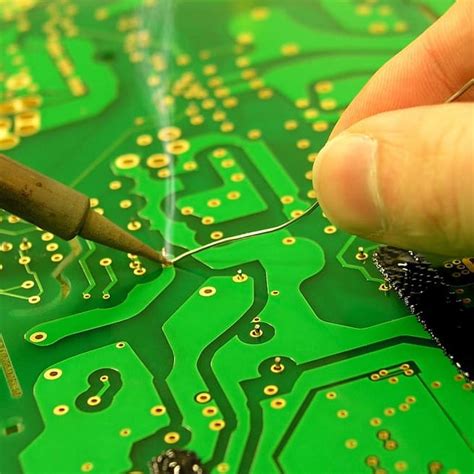PCB Design Safety Regulations | Key Points of Electrical Clearance and Creepage Distance
In PCB design, creepage distance and electrical clearance are two very important safety requirements. They both involve the safe distance between components on the PCB to ensure that there will be no short circuit or other safety issues when the component fails.
Creepage distance refers to the distance between two connected components, usually achieved by adding enough space between the connecting wires between the two components.
Electrical clearance refers to the spatial distance between components on the PCB board, usually achieved by leaving enough space between the components.
Their implementation helps to ensure the reliability and safety of the circuit, and compliance with safety regulations helps to ensure the quality and market access of electronic products. This article mainly introduces the creepage distance, electrical clearance and routing design requirements in PCB Layout.

Electrical clearance requirements
The distance can be determined based on the measured working voltage and insulation level.
Primary side AC part: L-N ≥ 2.5mm before the fuse, L.N-PE (earth) ≥ 2.5mm, no requirement is required after the fuse device, but a certain distance should be maintained as much as possible to avoid short circuit damage to the power supply.
Primary side AC to DC part ≥2.0mm.
Primary side DC ground to earth ≥2.5mm (primary side floating ground to earth).
Primary side part to secondary side part ≥4.0mm, across the components between the primary and secondary sides.
The gap of the secondary side part ≥0.5mm.
Secondary side ground to earth ≥1.0mm.
Before deciding whether it meets the requirements, the internal parts should be applied with a force of 10N and the outer shell with a force of 30N to reduce their distance so that the space distance still meets the regulations under the worst conditions.
Creepage distance requirements
Primary side AC part: L-N ≥2.5mm before the fuse, L.N-earth ≥2.5mm, no requirements are required after the fuse, but try to keep a certain distance to avoid short circuit damage to the power supply.
Primary side AC to DC part ≥2.0mm.
Primary side DC ground to earth ≥4.0mm, such as primary side ground to earth.
The primary side to the secondary side is ≥6.4mm. For example, if the foot spacing of components such as optocouplers and Y capacitors is ≤6.4mm, slots must be cut.
The distance between the secondary side parts is ≥0.5mm.
The distance between the secondary side ground and the earth is ≥2.0mm or more.
The distance between the two stages of the transformer is ≥8.0mm or more.

